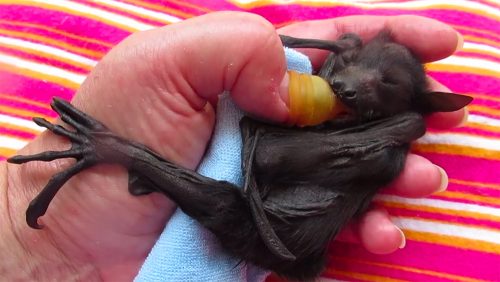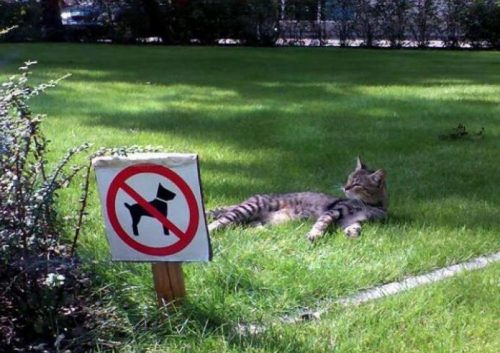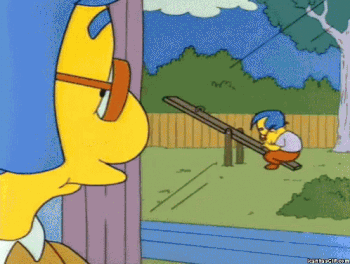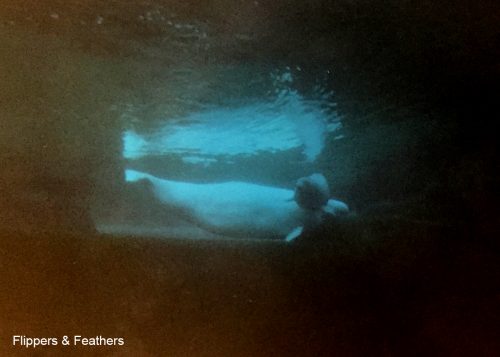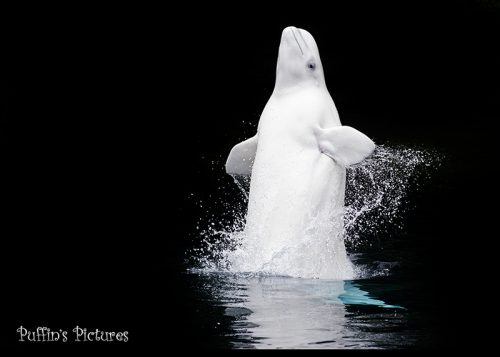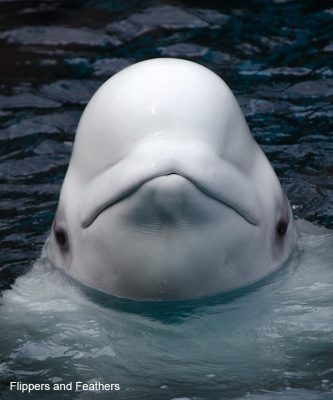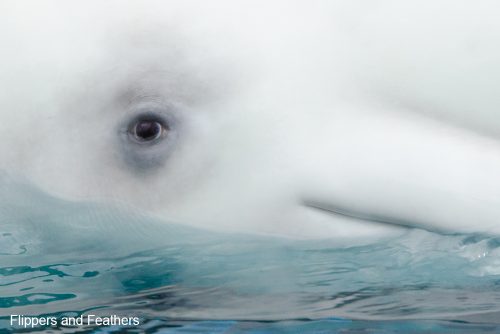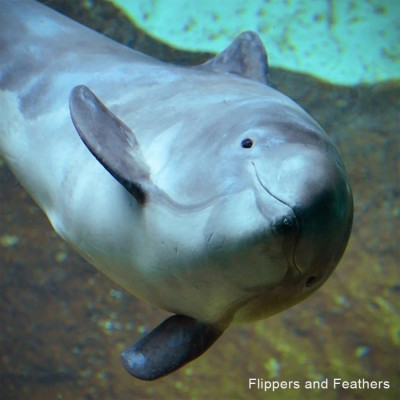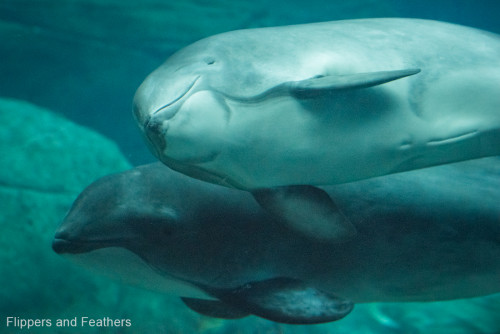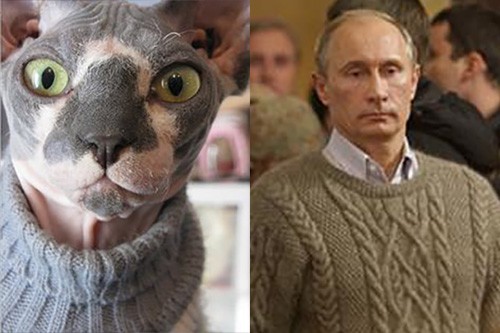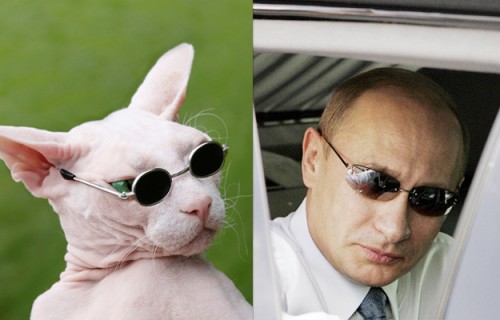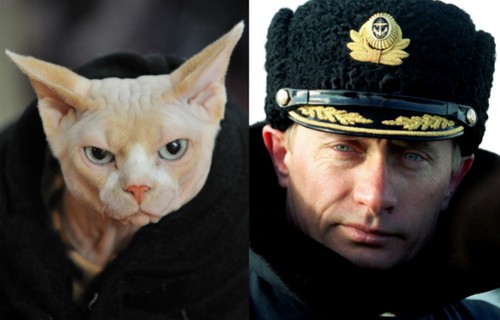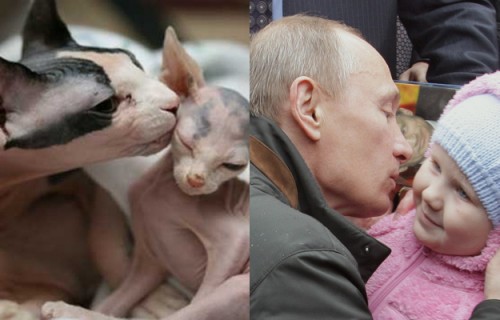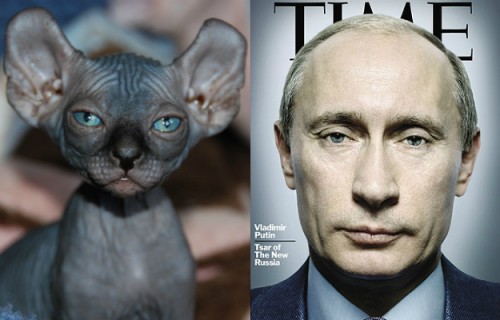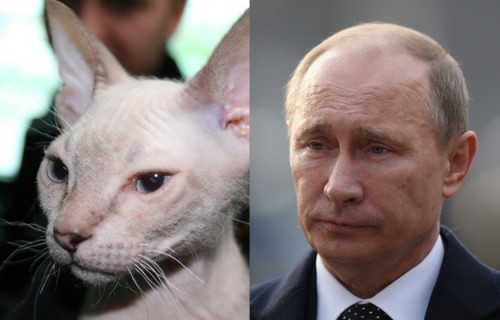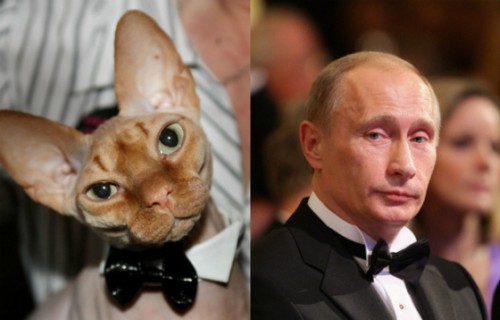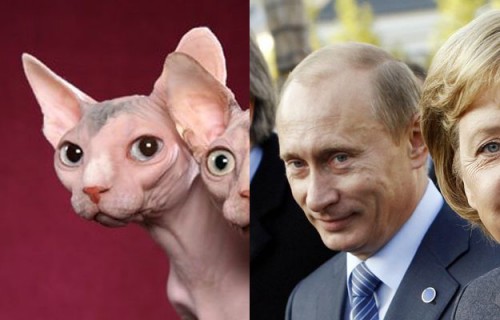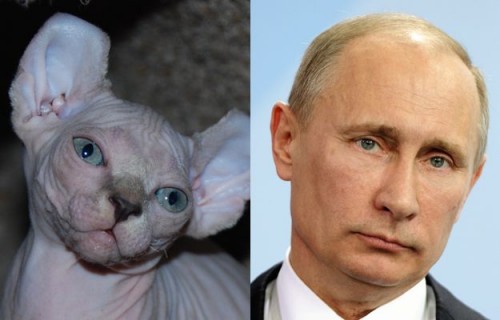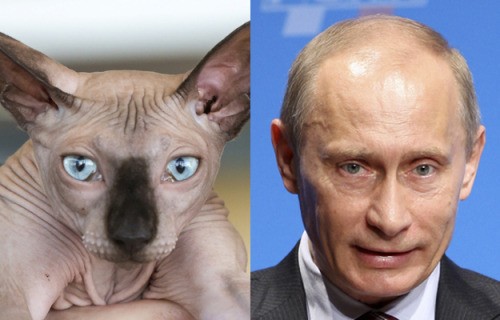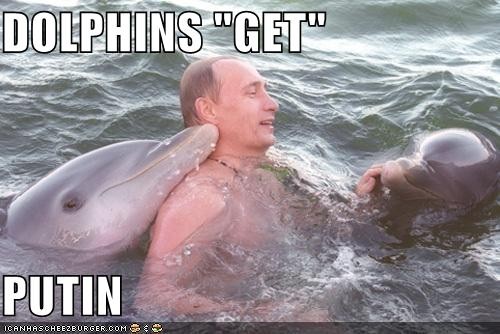There is a big difference between using illness as an explanation, and using it as an excuse. I’d like to illustrate this by using my recent diagnoses of Anemia and Exercise-Induced Asthma.
Several people in my life have interpreted the asthma diagnosis as “you shouldn’t exert yourself!” but at no point have I turned down an outing despite anticipating shortness of breath, pain in my lungs, intense coughing/retching, and occasional injury as I stumbled due lacking the red blood cells necessary to transport oxygen even if I could breathe it in. In fact, the judgmental people who assumed I needed to exercise and lay off the cigarettes (I don’t smoke) were often worse than the symptoms themselves. Although to be fair, I hoped I merely needed to exercise more, too.

Huon Valley, Tasmania, Australia. Licensing available on Shutterstock and Dreamstime.
Instead I’d pack up my gear and rush out the door with as much anticipation for the adventure ahead as I would if I didn’t end up suffering. I am a nature photographer, and running around outdoors with a heavy backpack is a prerequisite. Although my pace was affected, and I learned the hard way to turn down hiking-based tours and group outings with strangers, my overall determination was not.
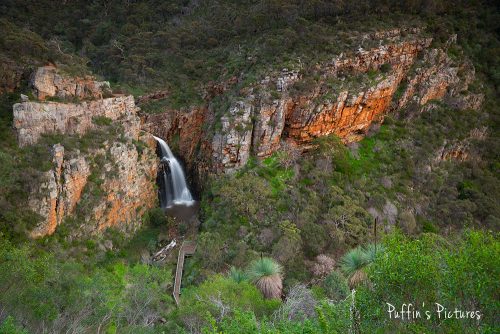
It took 3 hikes to get both usable light AND the falls flowing nicely. Morialta Conservation Park, South Australia. Licensing available on Shutterstock and Dreamstime.
Many hikes have been unintentional. A stroll at ground level saw me follow a sign stating “Challenge yourself! Get there faster” up a terrifying trail. Ill-prepared, gasping for breath, and unable to plod more than a few paces at a time, I wondered where I was trying to go in the first place… and nearly turned around. Doing so would have been a mistake, as the trail led me straight to a bird that had eluded my camera for 2 years. On an easier trail I would have missed it entirely.
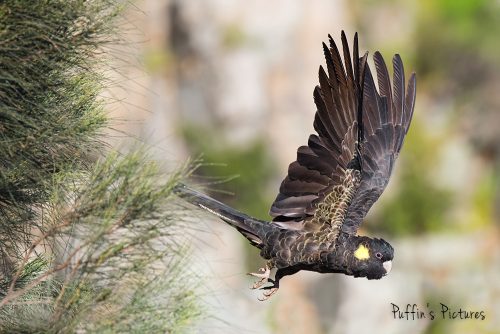
A Yellow-tailed Black Cockatoo takes flight off a high cliff in Morialta Conservation Park, South Australia. Licensing available on Shutterstock and Dreamstime.
I am not discounting the constraints that mental and physical illness oftentimes inflict, but at some point mind over matter needs to factor in. A slow climb up that hill is better than no climb at all. It’s a big world, and you won’t experience it sitting on your ass.

Grampians National Park, Victoria, Australia


